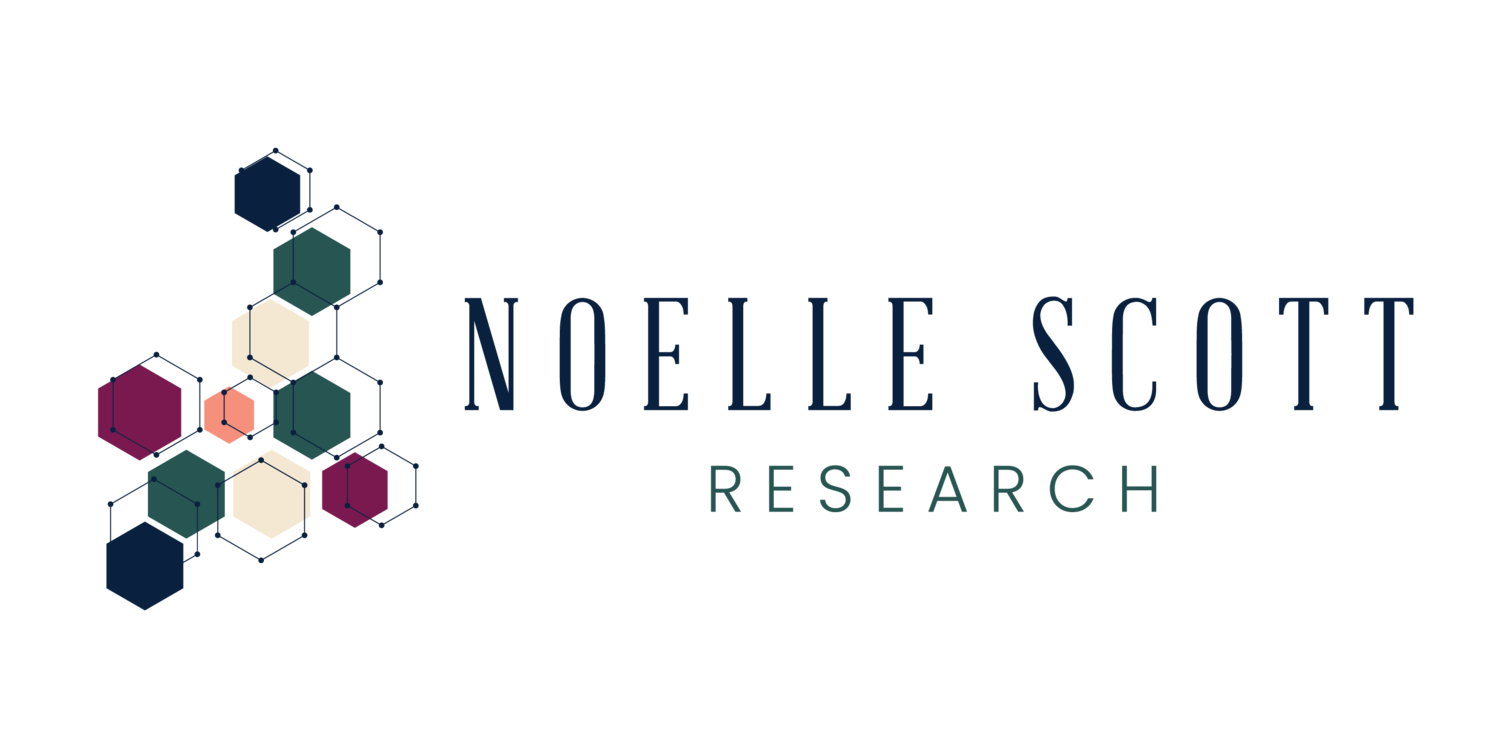
About
Meet Lindsay
Education in all its unique forms has always been my passion.
I completed my undergrad degree at Ohio University and studied middle childhood education. As I began my teaching career in a sixth-grade math classroom, I completed my Masters in Education at Wright State University. Early on in my career, I realized my interest in curriculum and leadership—knowing that you can create something that can have a lasting positive impact on a child’s education is truly incredible.
So, I returned to Wright State to pursue my Educational Specialist degree in Curriculum, Instruction, and Professional Development. While getting my curriculum administration license for the state of Ohio, I began teaching eighth grade, then high school physical science, then returned to eight-grade science to write the curriculum and teach integrated STEM. It was this experience that encouraged me to look into Ph.D. programs—which landed me at The Ohio State University researching informal science education and informal science institutions.
When I went back to school full time to receive my Ph.D., I wanted to show my children, Jonah and Lilah, how we work hard to accomplish our dreams. And in everything I do, I want to always make them proud.
When I’m not working as an evaluation consultant, my free time is spent with my family. I also love hosting parties for friends and family, decorating my home to usher in each new holiday and season, watching my favorite TV shows, or doing puzzles and building Legos with my family.

About Immersiveness
Immersiveness in a nutshell
Immersiveness is a new field of study for informal science institutions that examines and integrates exhibit vision, visitor experience, and exhibit goals to create unique learning experiences for science students of all ages and backgrounds.
Is immersiveness appropriate for our organization?
While immersiveness can be an invaluable tool for engaging learners, not all exhibits are meant to be immersive, or should be. If you are interested in learning about how your organization can use immersion to engage learners, contact me and let’s talk more!
Why does it matter?
The traditional call-and-response method of teaching, while still valuable in some settings, is becoming less the norm. Especially after a year of remote teaching and learning, educators have had to be more creative than ever in how they help students learn.
Despite the mental and emotional gymnastics required of teachers, many educators have found that providing students with more choice has actually helped students authentically engage in their learning.
STEM subjects in particular lend themselves to this type of teaching method, where educators can guide student-led learning to ensure a complete understanding of the content, but which allows students to have agency in how they consume the knowledge.
Immersiveness is something that schools, ISIs, and other education groups can use to provide students—of all ages—unique learning opportunities.
Imagine this: a young student is doing a unit on the ocean in her fourth-grade science class. This student is known to have attention and behavioral issues and doesn’t do well on quizzes at the end of a unit.
But when her teacher learns of an immersive exhibit at the local aquarium, the class goes on a field trip and this student blossoms. She plays interactive games that help her learn facts about whales, she gets to feel southern stingrays in a touch pool, and watch a worker feed rescued manatees. On the bus ride back to school, this student sits near her teacher and shares all of the new facts and information she learned at the aquarium.
Imagine students of all ages and even adults finding that level of excitement in the sciences.
Immersiveness makes STEM subjects real and tangible, creating more accessible learning opportunities for all!


